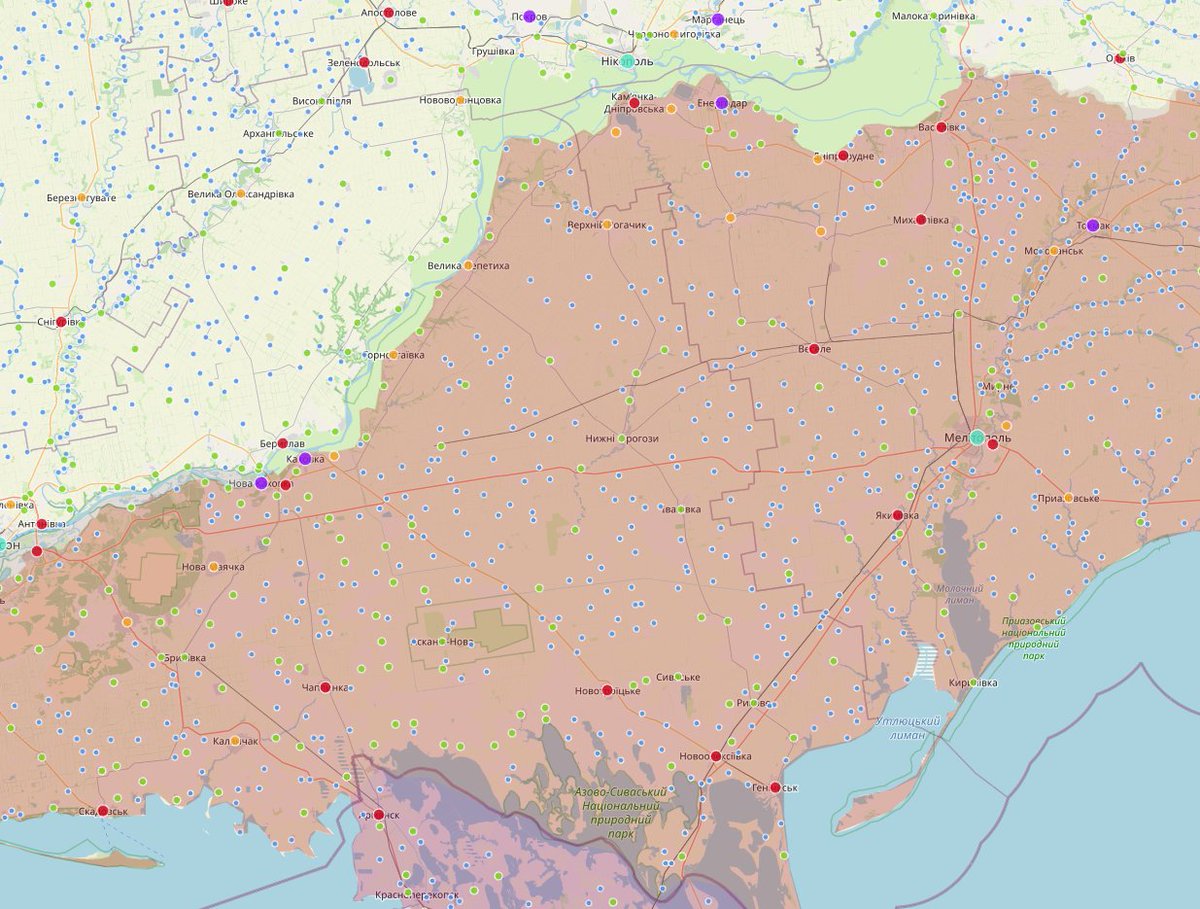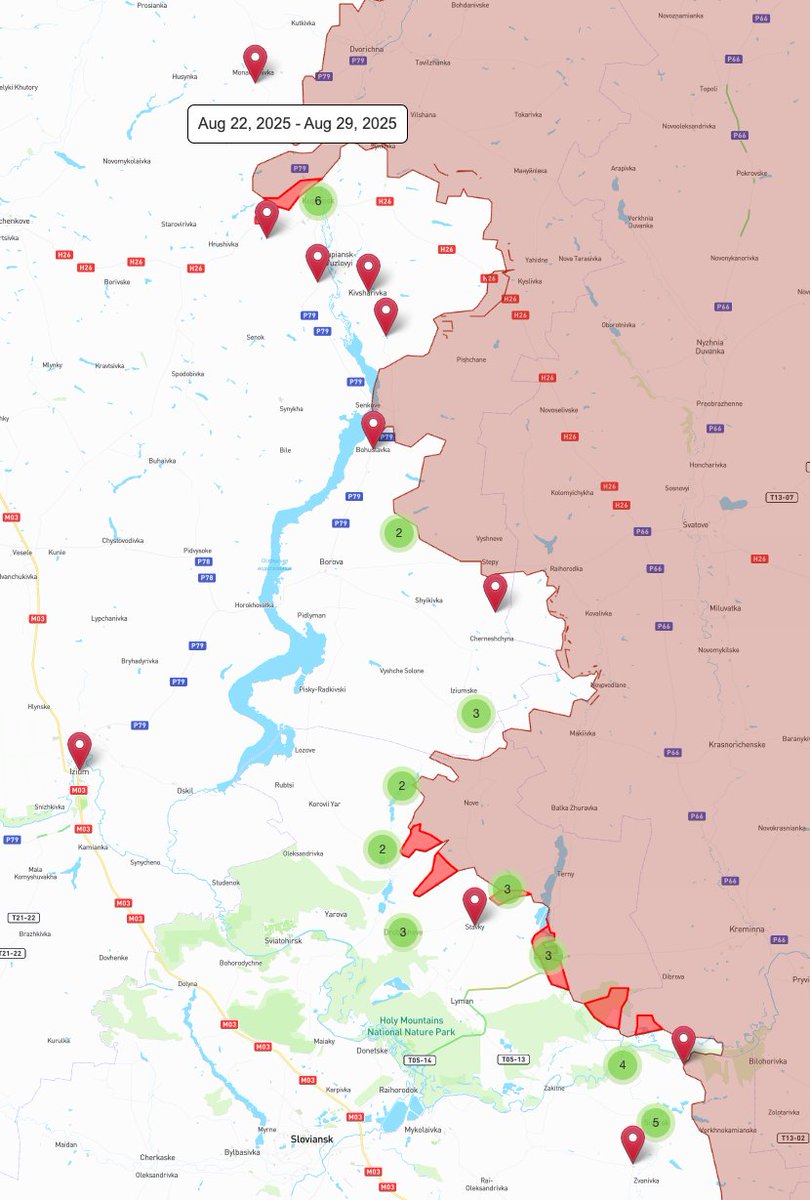Shepherds of sponge war
The sponge front makes it tempting to push forward, but drones make any movement excessively dangerous. Still, doing nothing is even worse unless you have proper hideouts. A network of isolated, dispersed hideouts creates a true sponge defense.
1/12
The sponge front makes it tempting to push forward, but drones make any movement excessively dangerous. Still, doing nothing is even worse unless you have proper hideouts. A network of isolated, dispersed hideouts creates a true sponge defense.
1/12

Fortifications alone don't stop anything. Without coverage, drones and bombs suppress observation and make deliberate breaks deadly. The real sponge defense is a network of isolated, dispersed hideouts - hard to target and easy to melt into.
2/12
2/12
Speed can decrease drone danger, but speed reduces maneuverability and situational awareness. Fast-moving vehicles are ideal mine targets. Trade-offs matter: survive the drone - but don't run into mines.
3/12
3/12
Depth is lethal for big, slow targets. The bigger and slower you are, the more time defenders get to react. Small infantry units can hide in holes and move in shadow; columns are visible kilometers away and attract everything.
4/12
4/12
Drones can be unlimited - but operators aren't. Every sortie costs time and manpower. If a swarm spreads missions across many cheap targets, individual damage per target drops and survivability rises. Economy of force matters.
5/12
5/12
Mechanized assault behave like flocks with roles: shared numbers extend their capabilities. But coordinated drones swarm control can still target the most valuable and neutralize low-cost units wave. It's a battle between quantity and quality of control.
6/12
6/12
Defenders will funnel attackers into kill zones where artillery does the "harvesting". Remote mining amplifies that effect. Heavy copters and indirect fires can reshape the battlefield in the mid of combat, slow and guide assault.
7/12
7/12
Breakthrough units often rely on drone resupply - which leave them vulnerable. These breakout elements can still be valuable: they divert recon, infiltrate deep, and force enemy reallocation. Risk versus reward. But that can be exploited, pulling aggressor string.
8/12
8/12
Massed offense can overwhelm defensive fires for a time, but each failed push clogs terrain with debris and raises the cost of the next assault. Preparation helps, but the attack's goal is simple: reach the objective.
9/12
9/12
Defense is an operational masterpiece: rapid adaptation, correct target prioritization, and resource management to avoid oversaturation that break the tuned grinder. It’s harder, but more sustainable.
10/12
10/12
Logistics sits above it all: 5-15-40 km zones are the blood vessels. Disrupt supply and you can break an operation before it starts. Recon drones make vast areas semi-transparent; attack drones make them deadlier than the front line.
11/12
11/12
The slow drones-and-meat grind is reliable but costly - it demands organization, consistency, and dedication.
Rush is an option that requires a lot of preparations, that may not keep up with the technological advancement hence should be forgotten till slower days.
12/12
Rush is an option that requires a lot of preparations, that may not keep up with the technological advancement hence should be forgotten till slower days.
12/12
PS
Kupiansk is an example how offense can grind the break point.
Dobropillia - how defense can exploit successful offensive actions.
Each section of the front is unique - a result of complex equations.
Kupiansk is an example how offense can grind the break point.
Dobropillia - how defense can exploit successful offensive actions.
Each section of the front is unique - a result of complex equations.
• • •
Missing some Tweet in this thread? You can try to
force a refresh




















